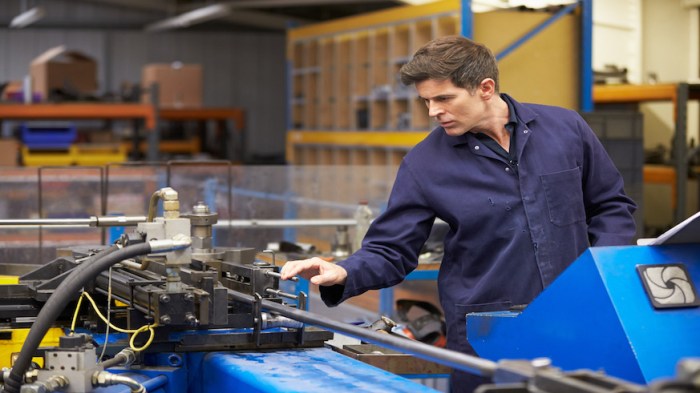Often the “architects” of a dental treatment plan, prosthodontists collaborate with general dentists and other professionals to develop a strong method for restoring and replacing teeth. After years of highly specialized training in procedures and the latest technologies, they are well-equipped to handle the most intricate of dental issues.
We spoke with Dr. Frank J. Tuminelli, the past president of the American College of Prosthodontists, to find out more.
What does a prosthodontist do?
These specialists do everything from putting an implant bridge or veneers on a patient’s missing teeth to completing a complex full-mouth rehabilitation. “I like to call them the Michelangelos of dentistry.”
What schooling do you need?
After finishing undergraduate studies, those looking to enter the field need to complete four years of dental school.
Then comes an additional three to four years of specialized training in prosthodontics. “If you’re accepted to a university-based program, you go straight from dental school into a prosthodontic program, which is three years long,” he explains. “Hospital based programs, however, require students to first do a general practice residency before they apply, so going that route would take four years.”
In general, “you’re looking at 11 to 12 years post high school,” says Tuminelli.
What’s the typical salary?
The median annual salary for prosthodontists is $168,140, according to the most recent reports by the Bureau of Labor Statistics. The best-paid in the profession made $212,600, while the lowest-paid made $74,990.
Is it hard to find employment?
“It really depends on where,” says Tuminelli. “If you take a market like New York City or Los Angeles, where there are already a high concentration of prosthodontists in practice, it might be a little bit more difficult to break in as a solo practitioner.”
But that’s not always a bad thing, considering a lot of young prosthodontists aren’t always interested in opening up their own office, he explains. “Oftentimes, they start off by working in a general-practice office performing the complex procedures for dentists— and there’s a need for them there.”
The Bureau of Labor Statistics projects an 18 percent employment rise between 2014 and 2024, driven in part by the boomers who need to undergo complicated dental work as they age.
The pros
“The most rewarding part of the job is the fact that you actually change people’s lives,” says Tuminelli.
“In a very short period of time, you can take individuals that are socially inhibited because of their teeth and restore their smile, confidence, and improve the quality of their life.”
Prosthodontics also sits at the forefront of technology, he continues, “so there’s always something new to learn.”
The constantly evolving landscape — the process of making dentures, which once took weeks, can now be digitally designed in one day — makes for a continuous intellectual challenge.
The cons
“What we do is very expensive,” says Tuminelli, which means prosthodontists often have to turn down people who can’t afford the procedures they need done.
There’s also another big drawback: The price of education. The cost of dental school alone is about $200,000, he explains, “so by the time students finish that, and then their prosthodontic program, they could easily be $400,000 to $500,000 in debt.”



















